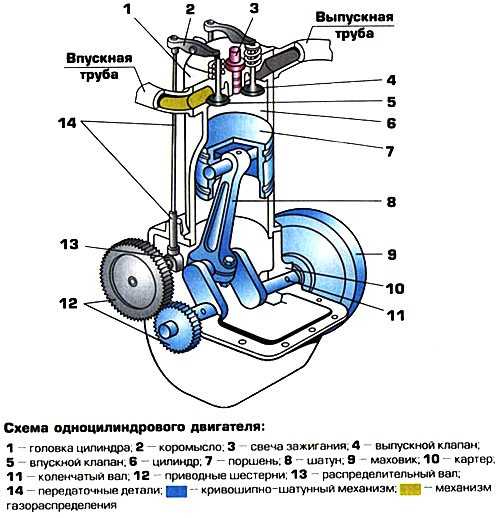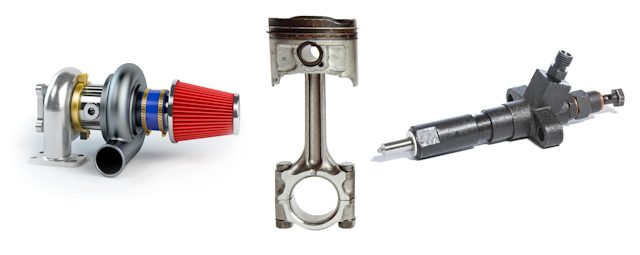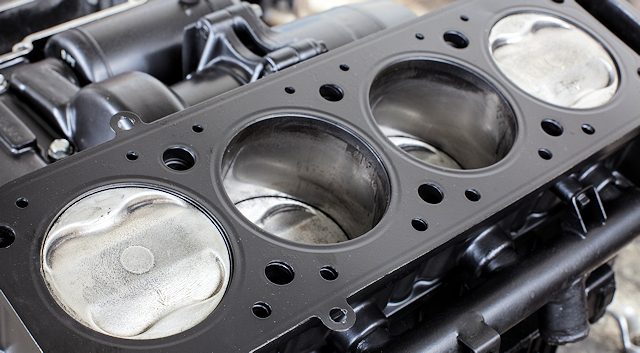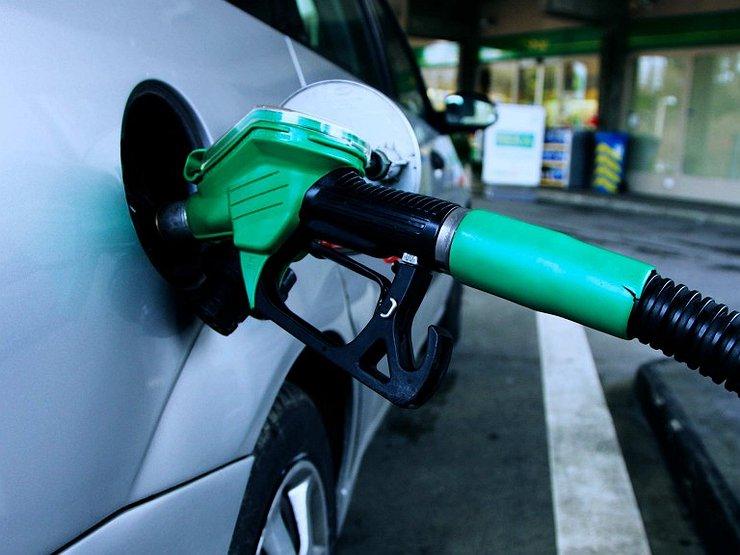
The relationship between displacement and power
Content
This is a topic that will probably be discussed, but I will try to solve it nonetheless (hopefully with your help in the comments) ... So the question is, is power only related to engine displacement. ? I will not talk about torque here, which is one of the power variables (those who want to learn more about the difference between torque and power should go here. An article on the difference between diesel and gasoline may also be interesting ..).
Decisive variable? Yes and no …
If we take things from the front, it makes sense that a large engine is more powerful and generous than a small engine (obviously of the same design), until then this is silly and unpleasant logic. However, this statement tends to oversimplify things, and the automotive news of the past few years has certainly put your ears to the test, I'm talking about downsizing.
An engine is more than just displacement!
As amateurs of mechanics know, engine power, or rather its efficiency, is associated with a whole set of parameters, the main ones of which are given below (if some of them are missing, please remember at the bottom of the table). page).

Factors and variables that determine engine power:
- Cubature (hence ...). The larger the combustion chamber, the more we can make a big "bang" (actually combustion), because we can pour more air and fuel into it.
- Aspiration: turbo or compressor, or both at the same time. The more pressure the turbo sends (compressor power is related to the exhaust flow as well as the size of the turbocharger), the better!
- Intake Topology: The “type of air” entering the engine will be critical to increasing engine power output. Indeed, it will depend on the volume of air that can enter (hence the importance of the design of the intake, the air filter, but also the turbocharger, which can draw in a lot of air at the same time: it will then be compressed) at a given time, but also the temperature of that air (an intercooler that allows it to cool)
- Number of cylinders: A 2.0-liter 4-cylinder engine will be less efficient than a V8 of the same displacement. Formula 1 is a perfect example of this! Today it is a V6 with a displacement of 1.6 liters (2.4 liters in the case of the V8 and 3.0 liters in the V10: power exceeds 700 hp).
- Injection: increasing injection pressure allows more fuel to be sent per cycle (famous 4-stroke engine). We will rather talk about the carburetor on older cars (the double body provides more fuel to the cylinders than the single body). In short, more air and more fuel causes more combustion, and it doesn't go any further than that.
- The quality of the air / fuel mixture, which is measured electronically (thanks to the perception of sensors that examine the surrounding air)
- Adjustment / timing of ignition (gasoline) or even high-pressure fuel pump
- Camshaft / number of valves: With two overhead camshafts, the number of valves per cylinder is doubled, allowing the engine to breathe even more ("inspired" by the intake valves and "exhaled" through the exhaust valves)
- Exhaust is also very important ... Because the more exhaust gases can be shipped, the better the engine will be. By the way, catalysts and DPF don't help much ...
- Engine display, which is really just the settings of various elements: for example, turbo (from wastegate) or injection (pressure / flow). Hence the success of the power chips or even the reprogramming of the engine ECU.
- Compression of the engine will also be one of the variables, such as segmentation.
- The very design of the engine, which can increase efficiency by limiting various internal frictions, as well as reducing the moving masses inside (pistons, connecting rods, crankshaft, etc.). Not forgetting about the aerodynamics in the combustion chambers, which will depend on the shape of the pistons or even on the type of injection (direct or indirect, or both at the same time). There is also work that can be done with valves and cylinder heads.
Some comparisons of engines with the same displacement
Some comparisons might make a jump, but I'll limit myself here to just one: offset!
| Dodge journey 2.4 liters 4 cylinders for 170 hours | F1 V8 2.4 liters for 750 hours |
| PSA 2.0 HDI 90 hours | PSA 2.0 HDI 180 hours |
| BMW 525i (3.0 liters) E60 of 190 ch | BMW M4 3.0 liters de 431 hours |
Conclusion?
Well, we can easily conclude that engine displacement is only one of many engine design parameters, so it is not only it that determines the power that the latter will produce. And if this is still very important (especially when comparing two engines of the same design), the reduction in displacement can be compensated by a whole bunch of tricks (the famous smaller engines that we have talked about so much since they invaded the market), even if this generally affects the approval: less flexible and round engine (mostly 3-cylinder), sometimes with more jerky behavior: jerky (due to overfeeding and often even too much injection "Nervous").

Feel free to state your point of view at the bottom of the page, it would be interesting to express other thoughts for the discussion! Thanks everyone.
